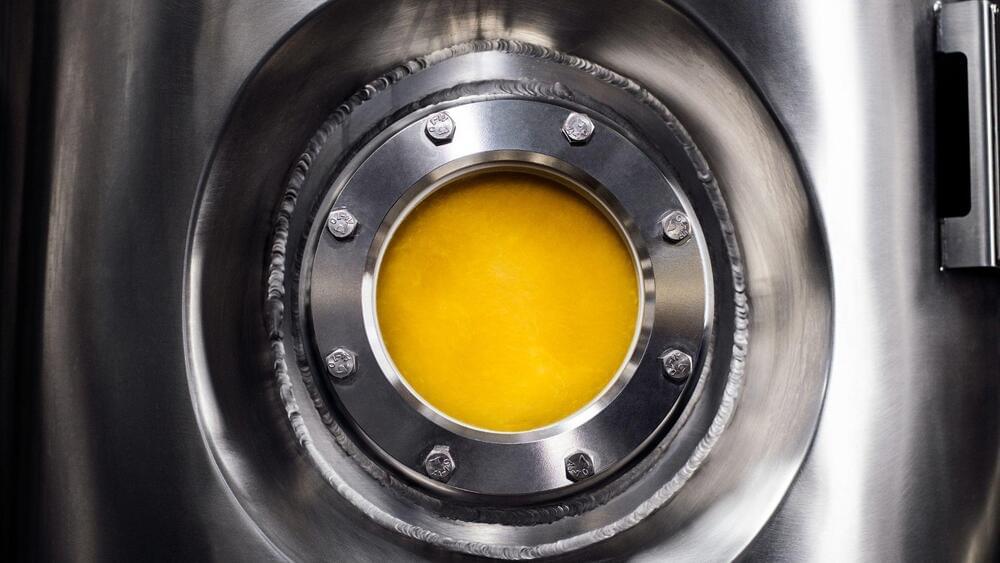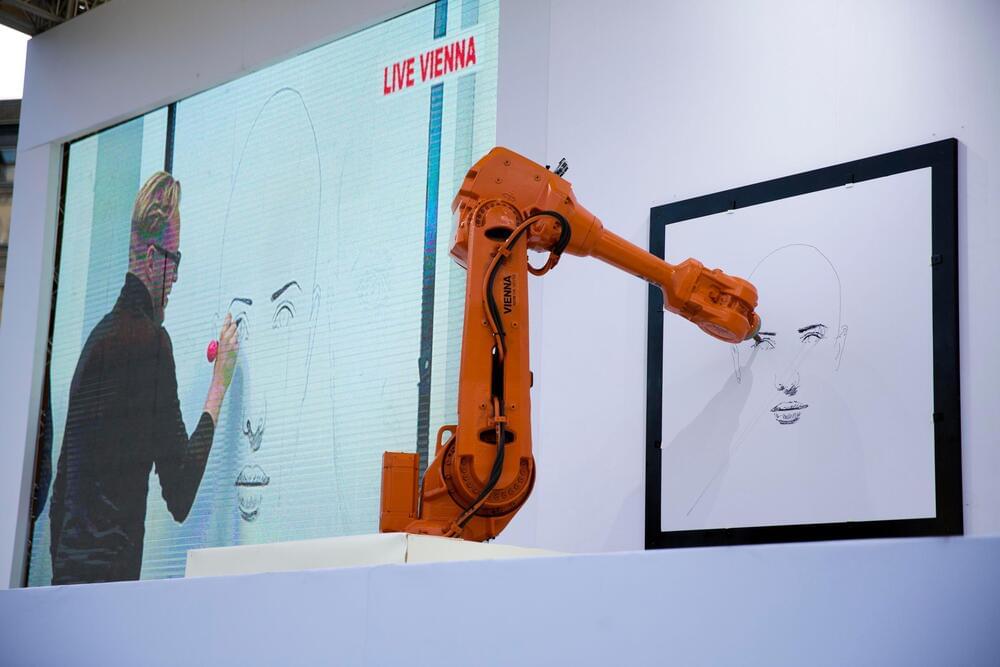What an AI taught me about our future – a mind blowing podcast.
In this groundbreaking podcast, James Brauer interviews “Futurist”, an AI that specializes in forecasting the future of mankind.
You won’t want to miss this eye-opening discussion about the potential for artificial intelligence to change everything we know about life as we know it.
gpt 3 AI interview.
*****************************************************
I help teachers and teacher entrepreneurs move to the LeadingEdge within the education creator economy using AI tools.
I have a huge passion for seeing teachers become reacquainted with their passion and love for teaching and learning.
My background in higher education, school administration, teaching, and business allow me to understand how these intersect at a level that most do not.
The future is now for educators who want to be on the cutting edge.






